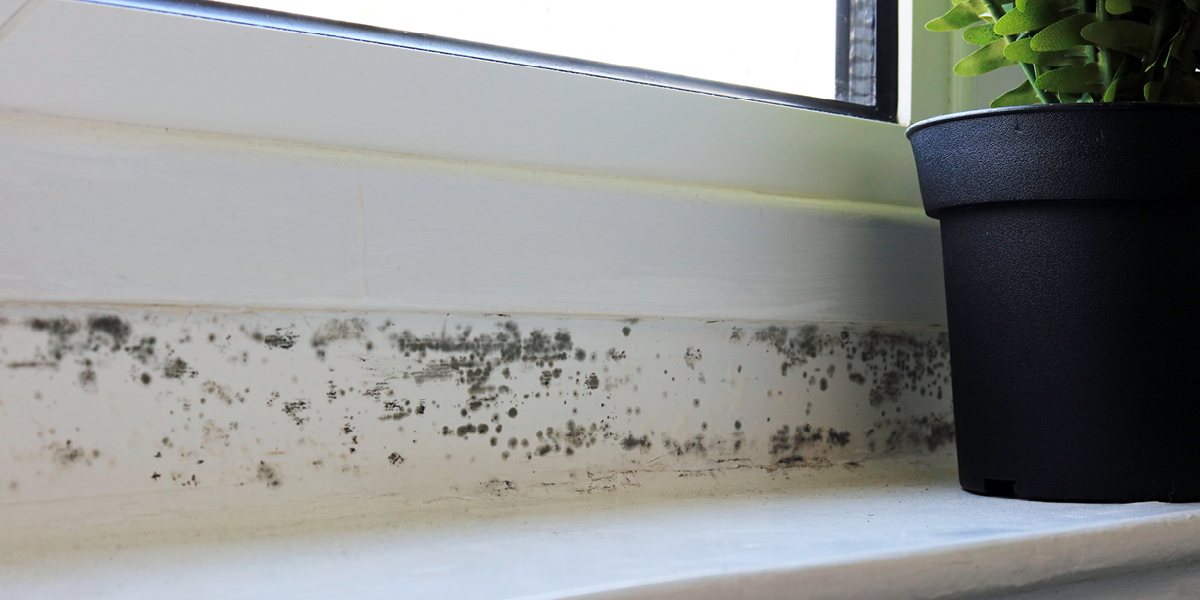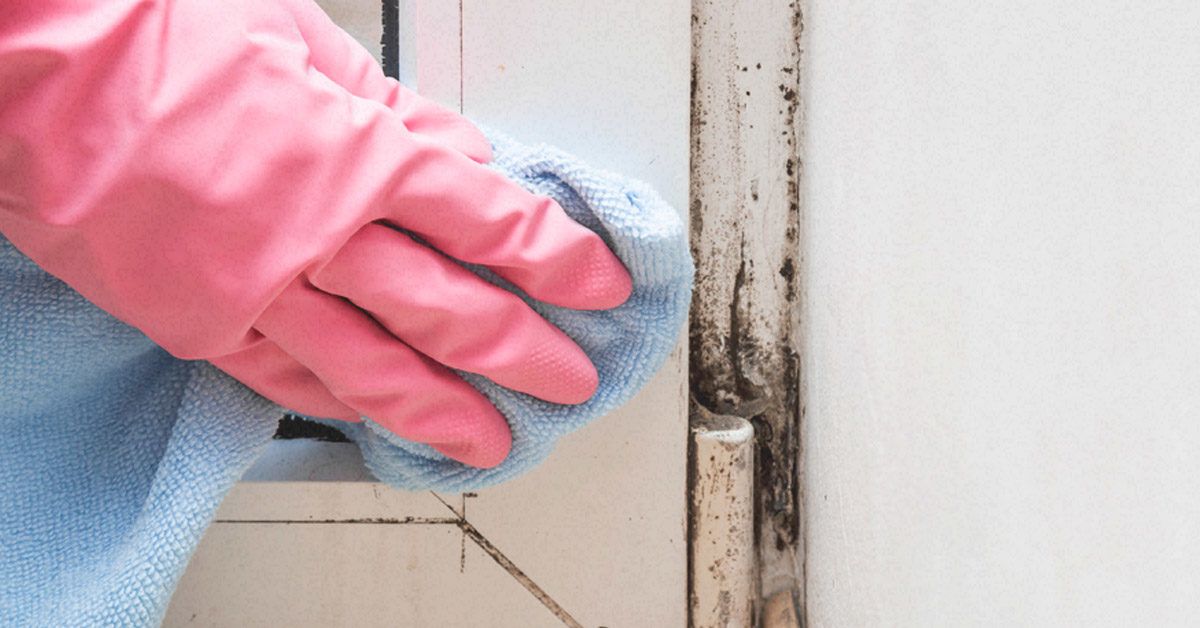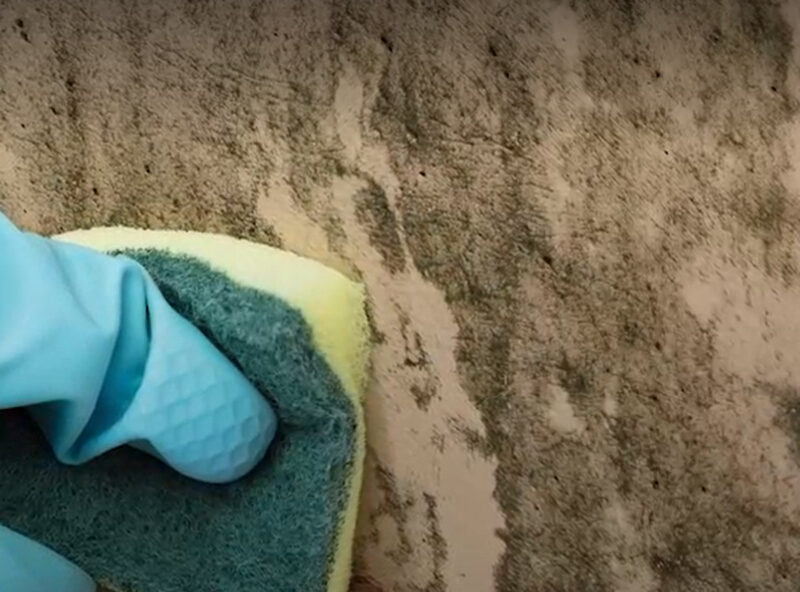Black mold, often shrouded in mystery and concern, lurks quietly in damp corners of our homes, presenting a potential threat far greater than mere aesthetic woes. While it may seem just an unsightly growth, its presence raises a critical question: can this notorious fungus truly cause serious health issues? Understanding the implications of black mold exposure requires peeling back layers of scientific literature, personal anecdotes, and environmental factors.
From allergic reactions to more severe respiratory complications, the spectrum of potential health ramifications is both alarming and complex. As we delve into this discussion, it becomes clear that awareness and preventive measures are vital.
So, what do you need to know about black mold and its impacts on your health? Let’s explore the facts, the fears, and the necessary precautions to safeguard ourselves and our loved ones.
Understanding Black Mold: What It Is and Where It Grows

Understanding black mold is crucial for recognizing the potential health risks it poses. Scientifically known as Stachybotrys chartarum, this notorious fungus thrives in damp, warm environments, often taking root in places like bathrooms, basements, and areas with water damage.
It appears as dark green or black patches on surfaces, typically materializing in response to excessive moisture from leaks, high humidity, or poor ventilation. As it spreads, black mold releases spores into the air, which can be inhaled, leading to various health issues ranging from respiratory problems to allergic reactions.
Recognizing where black mold is likely to grow is the first step in prevention—these sneaky invaders can settle into hidden nooks, silently deteriorating the air quality of your living space.
The Health Risks Associated with Black Mold Exposure

Black mold exposure can lead to a myriad of health issues that often go underreported but are profoundly impactful. Individuals who inhale or come into contact with mold spores may experience symptoms ranging from mild respiratory irritation, such as sneezing and coughing, to more severe reactions like chronic sinusitis and bronchial infections.
For those with compromised immune systems or pre-existing conditions, the stakes are considerably higher, as the mold may trigger alarming reactions, including asthma attacks or even pulmonary hemorrhage in rare cases. Additionally, the psychological toll can’t be overlooked; anxiety and depression are often reported among individuals grappling with mold-infested environments.
It’s a silent menace, its effects creeping in quietly, yet its potential consequences echo loudly in the lives of those affected. Understanding these risks is crucial in addressing exposure proactively and protecting one’s health.
Identifying Black Mold: Signs and Symptoms in Your Home

Identifying black mold in your home can be a daunting task, yet catching it early is crucial for maintaining a healthy living environment. Look for distinctive dark patches, often black or greenish, that can appear on walls, ceilings, or even your belongings.
These unsightly spots typically thrive in damp areas—think bathrooms, kitchens, and basements. More subtle signs should also raise alarms; a persistent musty odor often indicates mold presence, even if it’s not immediately visible.
Beyond the visual clues, pay attention to your health. Frequent respiratory issues, persistent coughing, or unexplained fatigue can all signal underlying mold problems.
It’s essential to take these signs seriously, as ignoring them could lead to more severe health complications lurking just beneath the surface.
Conclusion
In conclusion, understanding the potential health risks associated with black mold is crucial for maintaining a safe living environment. While not everyone may experience adverse effects, those who are sensitive or have preexisting conditions could face serious health issues as a result of exposure.
It is essential to be proactive in identifying and addressing any mold problems in your home to safeguard your health and well-being. Conducting Black Mold Testing is a wise step in this process, ensuring that hidden spores are detected and managed appropriately. By staying informed and taking action, you can significantly reduce the risks associated with black mold and create a healthier space for yourself and your loved ones.


